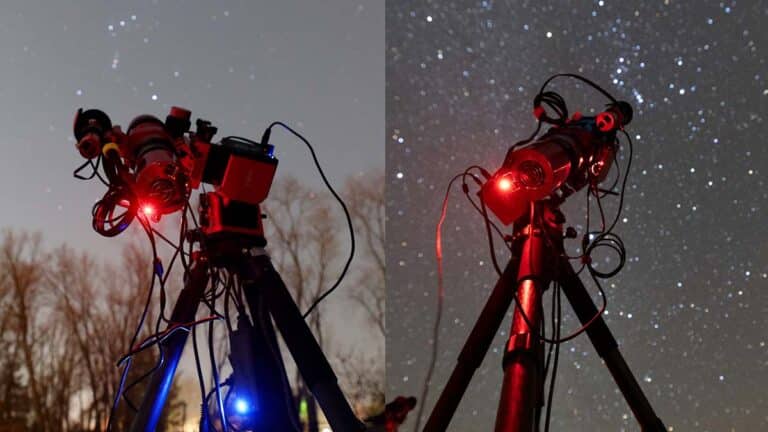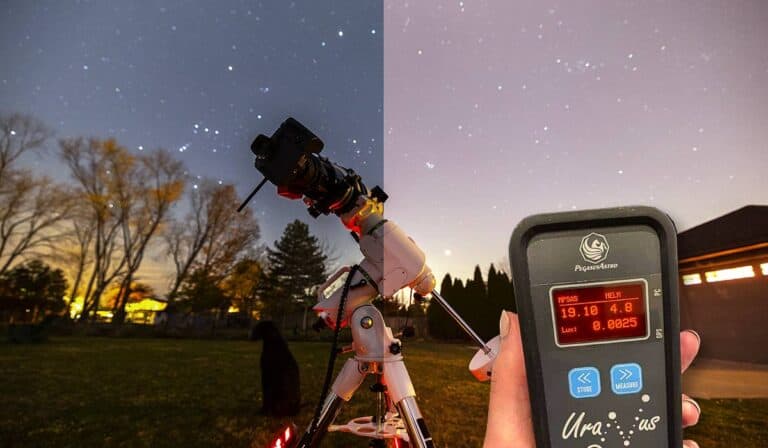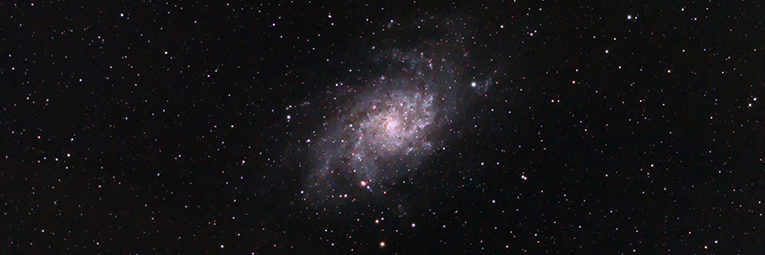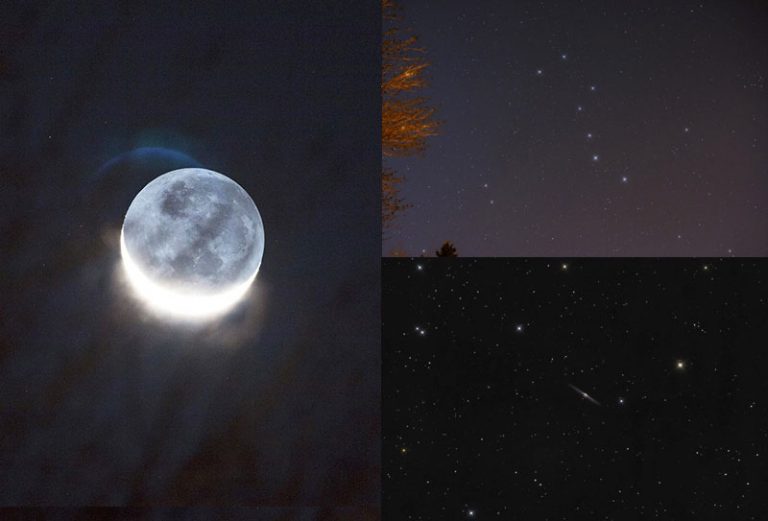UN to Address Impact of Satellite Constellations on Astronomy

After rejection a year ago, the Scientific and Technical subcommittee of the United Nations Committee on the Peaceful Uses of Outer Space (COPUOS) has agreed to add the issue of satellite constellations as an agenda item for further discussion.
It will be addressed as ‘Dark and Quiet Skies, astronomy and large constellations: addressing emerging issues and challenges’ in the agenda and added to meetings from 2025 through 2029. That agenda will go to a full committee in June and will need unanimous approval by delegates from 103 member countries.
Satellite Interference of Albireo by Rafael Schmall
If approved, it would allow COPUOS to address concerns about the disruptions of satellite constellations, and determine solutions and recommendations to be adopted by Member States.
The proposal, lead by Chile and Spain, received support from several organizations in the astronomy community including the International Astronomical Union (IAU), European Southern Observatory (ESO), and European Astronomical Society (EAS).
Richard Green, Interim Director of the IAU Centre for the Protection of the Dark and Quiet Sky from Satellite Constellation Interference (CPS) had this to say about the news:
“This is a significant diplomatic moment for astronomy. Since the first constellation launches in 2019, we have been working hard to raise awareness of this issue with all relevant parties and at all levels. It’s very gratifying to see the United Nations recognize its importance and agree to look into the issues and challenges posed by large constellations.”
Starlink Generation 2 satellites constellation by ESO
Protecting Dark & Quiet Skies
This recent success reflects a growing recognition of the importance of preserving dark skies for both astronomical research and our cultural heritage.
“It is (…) in the interest of the entire international scientific community to protect global astronomical observing capabilities from adverse and significantly disruptive and harmful artificial interference.” COPUOS Paper on the Protection of dark and quiet skies, 2022.
The growing number of satellites introduced into low-Earth orbit presents many challenges, including:
- Impact on astronomy research due to the sheer number, brightness, and their radio emissions
- Their luminosity when illuminated by sunlight, appearing like a luminous spot in the sky or distant aeroplane
- Reflected sunlight disrupting measurements from Earth-based observatories, particularly twilight observations.
- Observations from telescopes (i.e. NASA/ESA Hubble Space Telescope), can also be affected by satellites crossing their field of view. The telescopes themselves could also be damaged (or even destroyed) in collisions.
- These satellites amount to hundreds of radio transmitters above the observatory’s horizon, which will affect the measurements made by our highly sensitive radio telescopes
- Destruction of the night sky
This video depicts the spacecraft applications that have been filed with the Federal Communication Commission (FCC), ITU and in some cases from announcements in mainstream media.
Future of Dark Skies
According to a report by Boley and Byers, “the number of active and defunct satellites in LEO has increased by over 50%, to about 5000 (as of 30 March 2021). SpaceX alone is on track to add 11,000 more as it builds its Starlink mega-constellation and has already filed for permission for another 30,000 satellites with the FCC.”
Another news article addressed the ‘collision-avoidance maneuvers’ mega-constellation satellites. According to a report filed by SpaceX with the U.S. FCC, Starlink satellites were forced to swerve more than 25,000 times between Dec 1, 2022 and May 31, 2023. What does that equal when 11,000 more satellites are added to LEO.
This raises concerns over the long-term sustainability of satellite operations as satellites cause issues and more spacecrafts are set to launch in the coming years.
While important for global communications networks, companies are placing satellites into orbit at an unprecedented frequency.
It has never been more important to establish a regulation for low-Earth orbit satellites to protect our dark and quiet skies.
Here’s hoping the ‘Dark and Quiet Skies, astronomy and large constellations: addressing emerging issues and challenges‘ is approved by the delegates so solutions and recommendations can be developed to protect our dark skies.
Featured Image Credit: ESO, Victoria Girgis/Lowell Observatory
Author
Ashley is an environmental educator, communication professional, and beginner astrophotographer from Ontario, Canada. She has extensive experience writing for diverse audiences to increase public awareness and engagement. Ashley is an active Advocate and Delegate with DarkSky International, helping to protect the nighttime environment from the harmful effects of light pollution through advocacy and outreach.









I made a movie with my light frames (40 minutes into a 30 sec video) the other night while shooting the belt of Orion and the four nebulae. I was amazed at how many frames included satellites. It was astounding. https://youtu.be/H1iAO_bAM34
It’s only going to get worse unless they are all painted flat black and they can’t do that because of the heating issue.